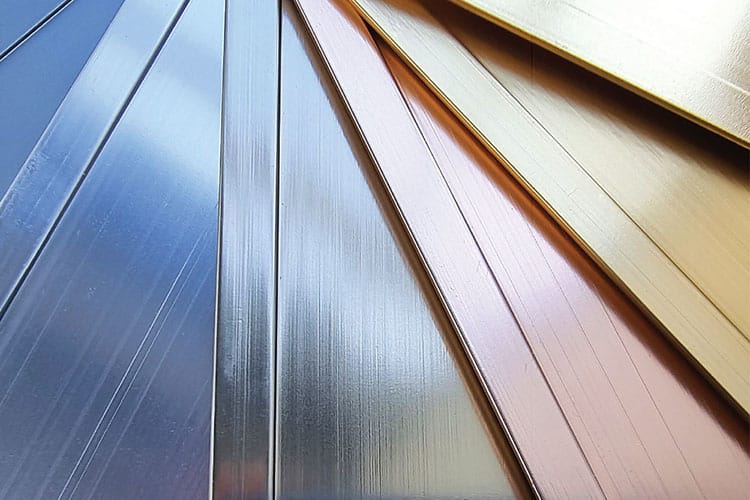By Cynthia Gosslein, The ChemQuest Group
Color has a way of creating impact and enhancing spaces and objects. There is evidence all around us to suggest that people are drawn to colorful, shiny things. While color perceptions are subjective and deeply personal, there are some color and gloss effects that have universal meaning. Perhaps it is because many cultures have come to associate gloss with wealth, luxury, and beauty.
Luminosity, iridescence, and holographic effects are a few of the ways that the love for metallic and pearlescent finishes has evolved. These additives enhance color by adding shimmer and brilliance, providing contrast and metamerism for the entire color palette.
New technologies are making strong statements in all aspects of coatings and design, allowing colors to appear and disappear in light in a kaleidoscope of color displays and illumination across the entire color spectrum. The luminosity of metallic and pearlescent finishes stands out, immediately grabbing our attention.1
Specialized metallic and pearlescent pigments have been developed that allow coated surfaces to exhibit a more glamorous appearance, with luster and brilliance that sets them apart from finishes produced by using conventional pigments.
Appliances, vehicles, cosmetics, printing inks, packaging, soaps, and even food and beverages are a few of the markets that have taken advantage of these additives to project beauty and command attention in a crowded world.
Today’s natural inorganic pigments have come a long way since prehistoric times when natural ochre, charcoal, and clays were used as color pigments. The pigment industry began to develop in earnest in the 18th century, after which new discoveries and technological advancements led to today’s focus on better performing, less toxic, and more ecologically friendly effect pigments of all kinds.
In fact, in 2015, the FDA issued a final approval ruling whereby mica-based pearlescent pigments could even be used as color additives in Easter egg decorating kits and distilled spirits that contained 18-23% alcohol.2 Most cordials, liqueurs, flavored alcoholic malt beverages, wine coolers, and cocktails currently contain some form of FDA-approved pearlescent pigment to add an aesthetic component to adult beverages.
Pigments that produce lustrous, brilliant, glittery surfaces are known as effect pigments. Effect pigments react to light in a unique way because of the high aspect ratio (width to height) of the platelet geometry. This allows for a large variety of colors and special effects including shimmer, metamerism, or metallic reflection.
Several factors combine to influence the finish, luster, and glitter effects on the surface. These include flake orientation, particle size, pigment concentration, layering effects, and coating-film transparency.
There are three main classes of effect pigments commonly used in various applications. The three pigment categories are defined by their interaction with light—specifically absorption, metallic, and pearlescent.
